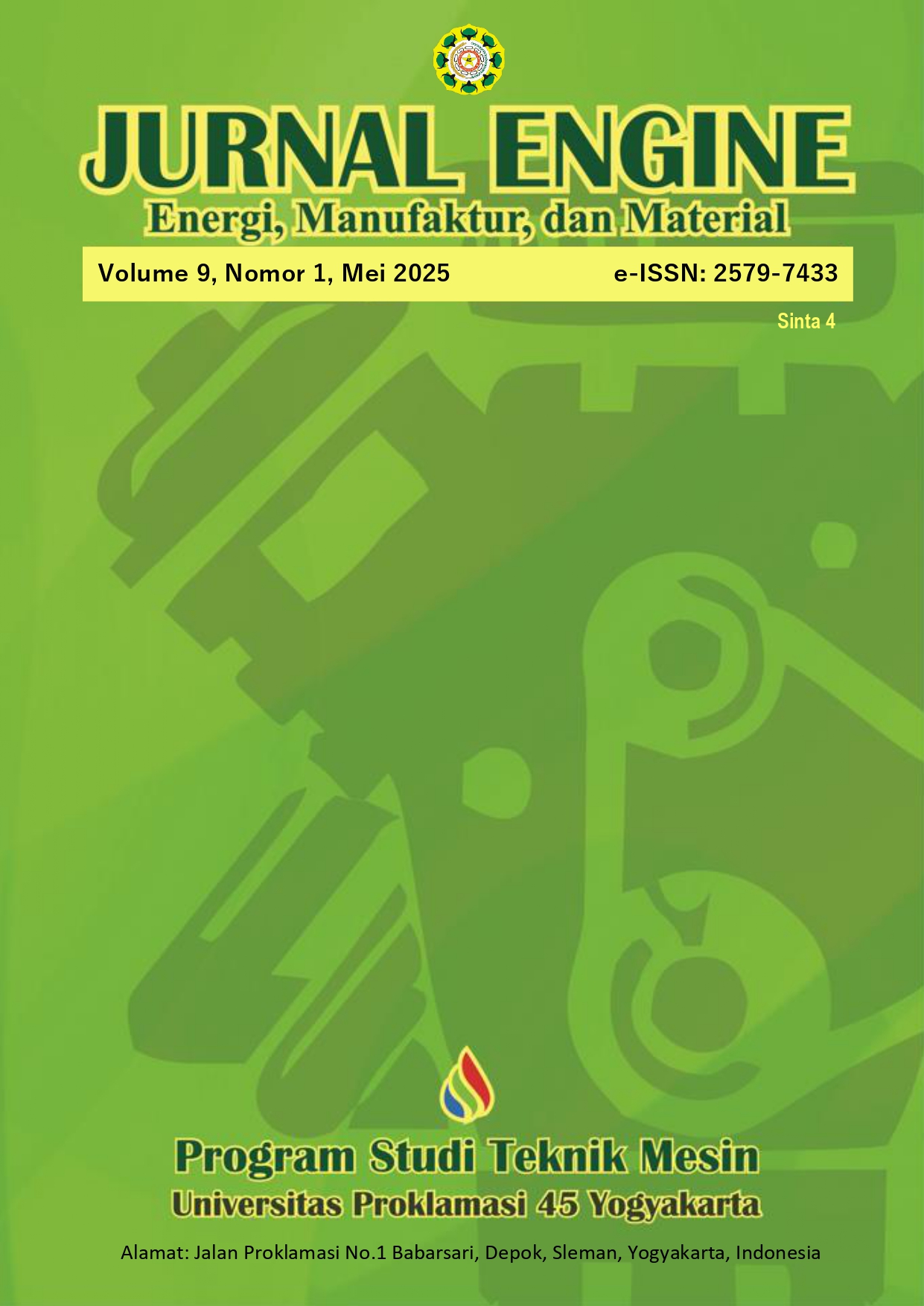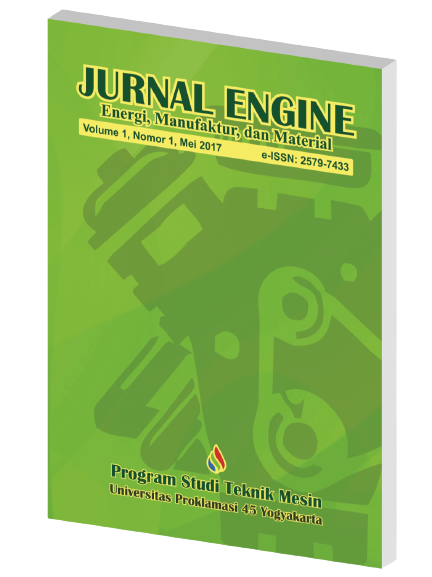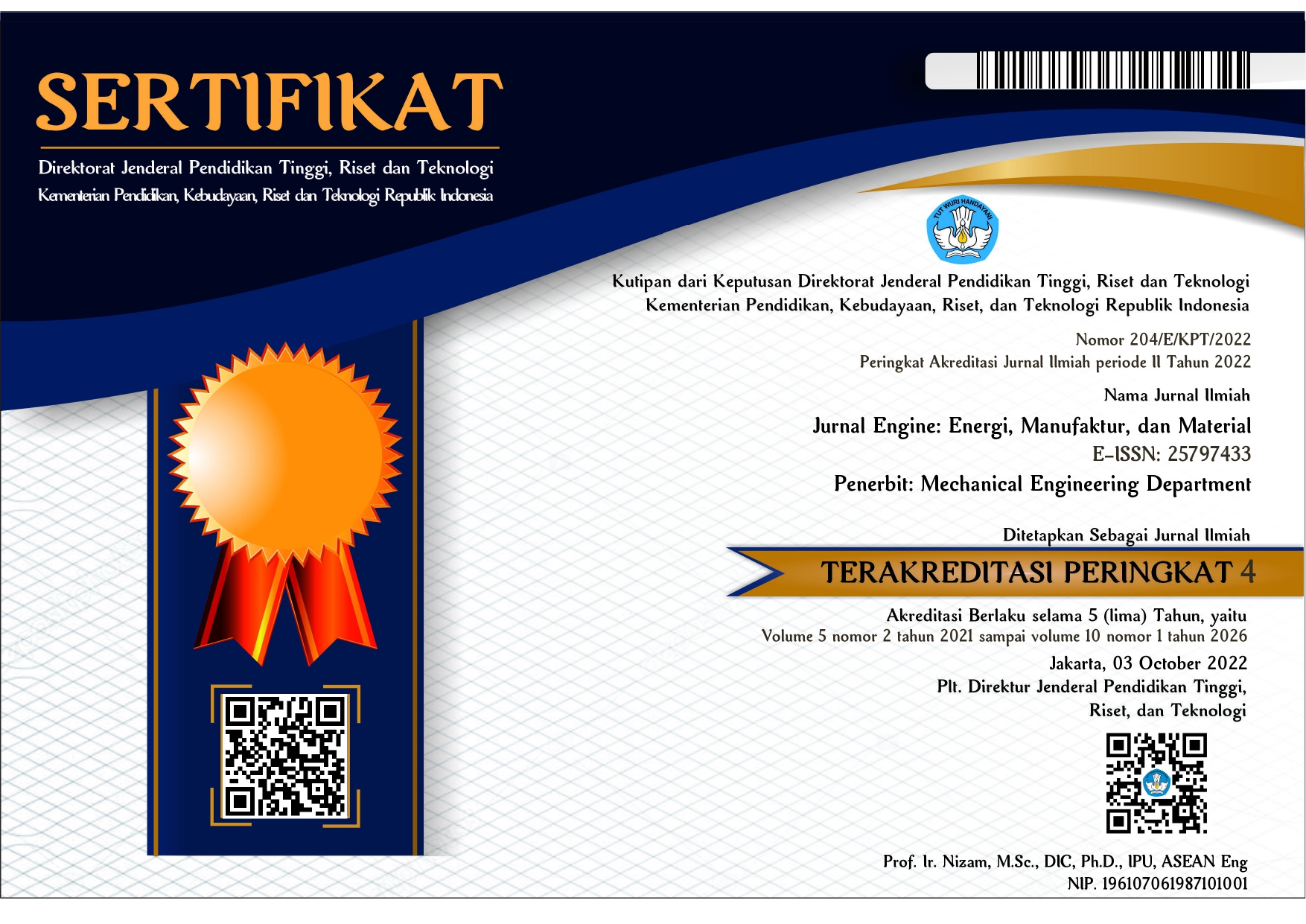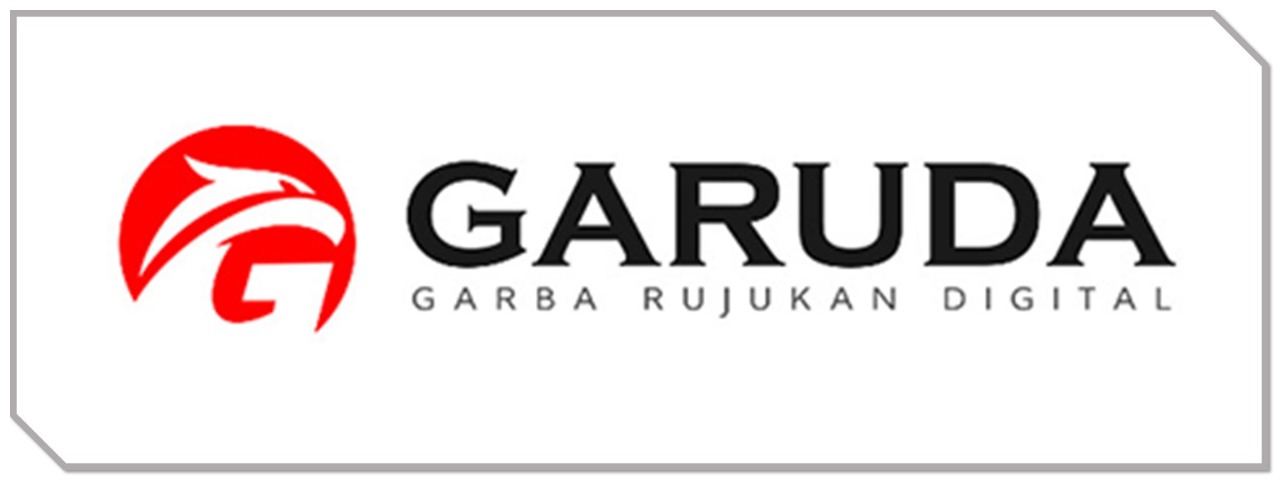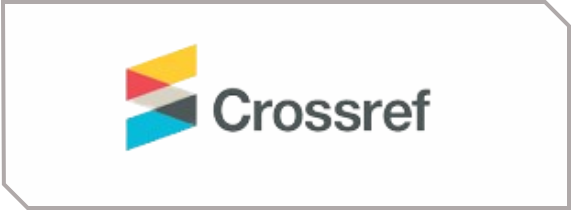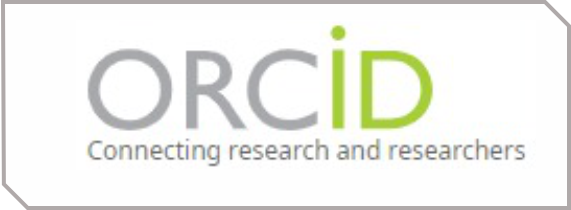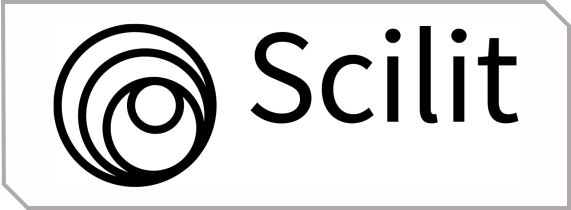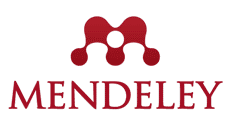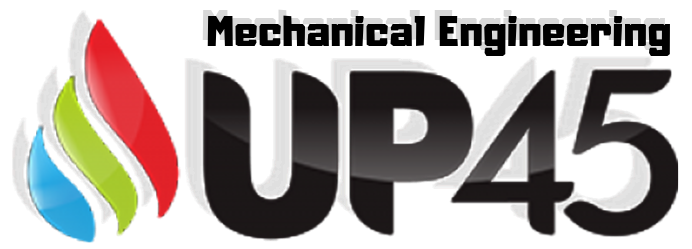Analisis Cacat Produk Dimensi Diameter Snap Tidak Standar pada Botol 100 ml Berbahan Dasar High-Density Polyethylene (HDPE)
DOI:
https://doi.org/10.30588/jeemm.v9i1.2152Keywords:
Extrusion Blow Molding, Product Defects, Fishbone Diagram, 5W+1H, Poka-YokeAbstract
Extrusion blow molding is a process used to form plastic bottles, with High-Density Polyethylene (HDPE) being the most commonly used material. A defect in the snap diameter that did not meet the standard was identified during the production of 100 ml bottles at PT X Jakarta, potentially reducing product quality and affecting its functionality. This study aims to identify the root causes of this defect and propose corrective actions and improvements to enhance product quality. The methodology includes using a Fishbone Diagram to determine the root causes, applying the 5W+1H analysis to develop corrective action proposals, and implementing the Poka-Yoke method as an improvement strategy. The findings indicate that the defects are caused by three main factors: human, method, and machine. Human-related factors include a lack of operator understanding of quality standards, insufficient training, and a limited number of technicians. Method-related factors involve inadequate maintenance and improper bottle handling, while machine-related factors include mold dimension changes, dirty die heads, and the need for machining parameter adjustments. The proposed corrective actions for human factors involve regular training, the provision of Standard Operating Procedures (SOPs), visual guidelines, and additional technicians. Machine-related improvements include periodic inspections, die head cleaning, and machining parameter testing, while method-related improvements focus on scheduled preventive maintenance and proper bottle runner arrangement. Further improvements involve implementing the Poka-Yoke method by installing an alarm siren that activates when air compressor pressure falls below the standard and adding markings to help operators better understand machine parameters during production.
References
Adji, B. N., Hunusalela, Z. F., & Oktaviani, A. (2020). Penerapan Konsep Lean Manufacturing untuk Rancangan Usulan Perbaikan Minimasi Waste Defect dengan Metode Poka Yoke pada PT. Tetra Mitra Sinergis. Jurnal Indonesia Sosial Teknologi, 1(3), 154–167. https://doi.org/10.59141/jist.v1i03.25
Al-Sammerrai, D., & Al-Nidawy, N. K. (2021). Chapter 11. Polyethylene: Syntesis, Properties, and Uses. In M. P. Groover (Ed.), Fundamentals of Modern Manufacturing: Materials, Processes, and Systems (7th Edition). John Wiley & Sons.
Anggono, A. D. (2005). Prediksi Shrinkage untuk Menghindari Cacat Produk pada Plastic Injection. Media Mesin: Majalah Teknik Mesin, 6(2), 70–77. https://doi.org/10.23917/MESIN.V6I2.2895
Basjir, M., & Suhartini. (2022). Rancangan Persediaan Bahan Baku Produk Engsel untuk Mengefisiensikan Biaya Proses Produksi. Serambi Engineering, VII(3), 3345–3352. https://doi.org/10.32672/jse.v7i3.4265
Belcher, S. L. (2023). Chapter 16. Blow Molding. In Applied plastics engineering handbook : processing, sustainability, materials, and applications (3rd Edition, pp. 363–388). William Andrew.
Berihun, E. A., & Bogale, T. M. (2022). Parameter Optimization of PET Plastic Preform Bottles in Injection Molding Process Using Grey-Based Taguchi Method. Advances in Materials Science and Engineering, 2022(5), 1–9. https://doi.org/10.1155/2022/4416602
Fajaranie, A. S., & Khairi, A. N. (2022). Pengamatan Cacat Kemasan Pada Produk Mie Kering Menggunakan Peta Kendali dan Diagram Fishbone di Perusahaan Produsen Mie Kering Semarang, Jawa Tengah. Jurnal Pengolahan Pangan, 7(1), 7–13.
Faritsy, A. Z. Al, & Syaifuddin, I. (2023). Pengendalian Kualitas Produk Plastik Jenis Polypropylene Menggunakan Metode Seven Tools pada PT.Kusuma Mulia Plasindo Infitex. Jurnal Ilmiah Teknik Mesin, Elektro dan Komputer, 3(1), 49–63. https://ejurnal.stie-trianandra.ac.id/index.php/JURITEK/article/view/1130/969
ISO 294-4. (2018). Plastics — Injection moulding of test specimens of thermoplastic materials — Part 4: Determination of moulding shrinkage. https://www.iso.org/obp/ui/en/#iso:std:iso:294:-4:ed-3:v1:en
Karaki, A., Hammoud, A., Masad, E., Khraisheh, M., Abdala, A., & Ouederni, M. (2024). A Review on Material Extrusion (MEX) of Polyethylene - Challenges, Opportunities, and Future Prospects. Polymer, 307, 127333. https://doi.org/10.1016/J.POLYMER.2024.127333
Krisnaningsih, E., & Hadi, F. (2020). Strategi Mengurangi Produk Cacat pada Pengecatan Boiler Steel Structure dengan Metode Six Sigma Di PT. Cigading Habeam Center. Jurnal InTent (Jurnal Industri Dan Teknologi Terpadu), 3(1), 11–24.
MatWeb. (2025). Online Materials Information Resource - MatWeb. Https://Www.Matweb.Com/.
Moldblade. (2021, April). Plastic Injection Moulding: Main Defects in Injection Moulded Parts - Moldblade. Https://Moldblade.Com/En/Plastic-Injection-Moulding-Main-Defects-in-Injection-Moulded-Parts/.
Mukras, S. M. S. (2020). Experimental-Based Optimization of Injection Molding Process Parameters for Short Product Cycle Time. Advances in Polymer Technology, 2020. https://doi.org/10.1155/2020/1309209
Nasir, S. M., Shayfull, Z., Sharif, S., Abdellah, A. E. hadj, Fathullah, M., & Noriman, N. Z. (2021). Evaluation of shrinkage and weld line strength of thick flat part in injection moulding process. Journal of the Brazilian Society of Mechanical Sciences and Engineering, 43(10). https://doi.org/10.1007/S40430-021-03060-Y
PT. Lotte Chemical Titan Nusantara. (2023). Product Data Sheet Titanvene HD5502GA. www.lottechem.co.id
Rahmadani, A. R., Siregar, D. F., Haznamaryalia, S., & Yulianti, W. (2023). Penerapan Metode Poka Yoke dalam Proses Penyortiran Baju Blazer di CV IM Project. Jurnal Ilmiah Teknologi Informasi Terapan), 9(2). https://doi.org/10.33197/jitter.vol9.iss2.2023.1001
Stanley, J., John, A., Črešnar, K. P., Zemljič, L. F., Lambropoulou, D. A., & Bikiaris, D. N. (2023). Active Agents Incorporated in Polymeric Substrates to Enhance Antibacterial and Antioxidant Properties in Food Packaging Applications. Macromol, 3(1), 1–27. https://doi.org/10.3390/macromol3010001
Sulianta, F. (2024). Diagram Fishbone untuk Berbagai Kebutuhan. https://www.researchgate.net/publication/385503999
Triana, N. E. (2021). Improved Productivity of Document Verification Process Using the Lean Sigma Method. International Journal Of Scientific Advances, 2(4), 470–474. https://doi.org/10.51542/ijscia.v2i4.1
Wicaksono, A., & Yuamita, F. (2022). Pengendalian Kualitas Produksi Sarden Mengunakan Metode Failure Mode and Effect Analysis (FMEA) dan Fault Tree Analysis (FTA) untuk Meminimalkan Cacat Kaleng di PT XYZ. Jurnal Teknologi Dan Manajemen Industri Terapan (JTMIT), 1(3), 145–154. https://doi.org/10.55826/tmit.v1iIII.44
Xiao, C. L., Hopmann, C., & Kahve, C. E. (2023). Development of variotherm extrusion blow molding technology to produce high-gloss automotive spoilers. Journal of Polymer Engineering, 43(5), 465–474. https://doi.org/10.1515/polyeng-2023-0002
Downloads
Published
How to Cite
Issue
Section
License
Copyright (c) 2025 Achmad Afiq Ananda Putra, Widia Setiawan, Braam Delfian Prihadianto, Galuh Bahari (Author)

This work is licensed under a Creative Commons Attribution 4.0 International License.
Authors who publish with Jurnal Engine: Energi, Manufaktur, dan Material agree to the following terms:
Authors retain copyright and grant the Jurnal Engine: Energi, Manufaktur, dan Material right of first publication with the work simultaneously licensed under a Creative Commons Attribution 4.0 International License that allows others to share (copy and redistribute the material in any medium or format) and adapt (remix, transform, and build upon the material) the work for any purpose, even commercially with an acknowledgment of the work's authorship and initial publication in Jurnal Engine: Energi, Manufaktur, dan Material. Authors are able to enter into separate, additional contractual arrangements for the non-exclusive distribution of the journal's published version of the work (e.g., post it to an institutional repository or publish it in a book), with an acknowledgment of its initial publication in Jurnal Engine: Energi, Manufaktur, dan Material. Authors are permitted and encouraged to post their work online (e.g., in institutional repositories or on their website) prior to and during the submission process, as it can lead to productive exchanges, as well as earlier and greater citation of published work (See The Effect of Open Access).

